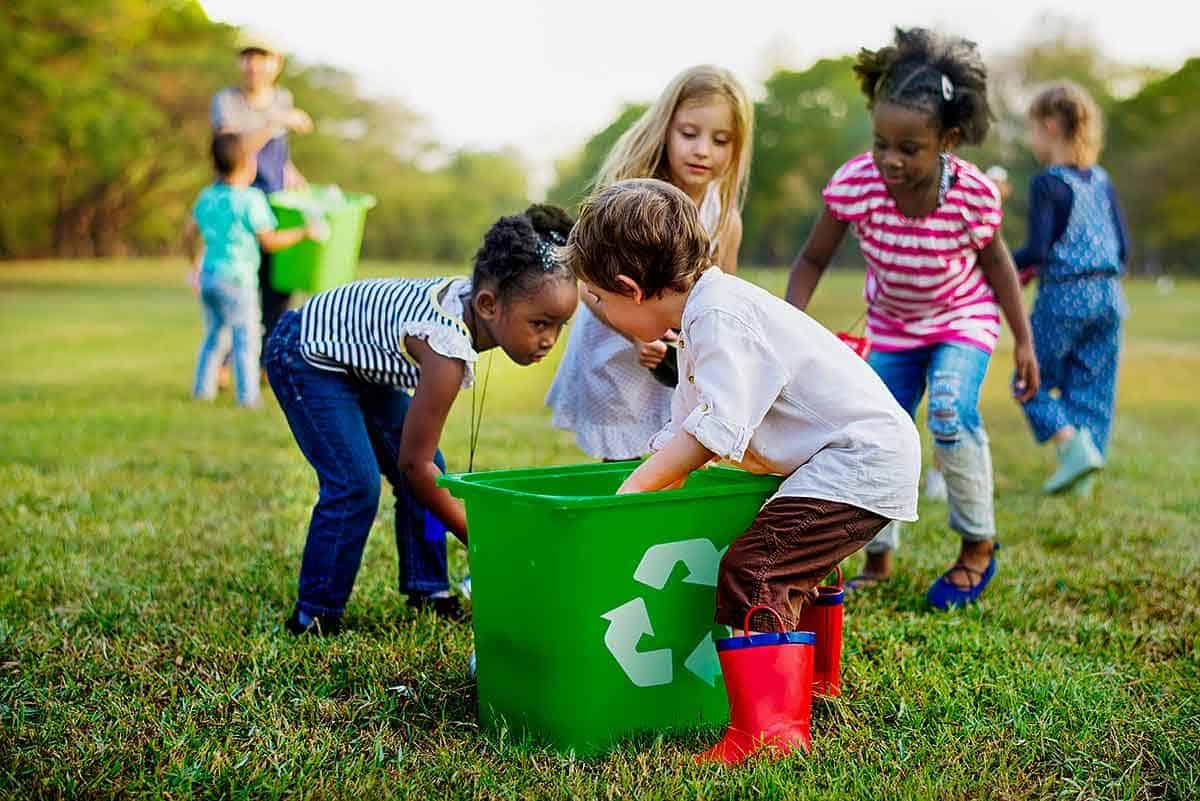
Every year on the 15th of November we celebrate National Recycling Day, which helps promote and educate people on the impact of recycling. It is a time to think of the future and examine the importance of conserving our natural resources while discovering creative ways to reduce, reuse, recycle and lend a helping hand to our lovely environment.
What is recycling?
If you are like most people, you likely understand that recycling is the reuse or repurposing of materials. This can mean turning a jar into a small pot for a plant, creating paper by processing old paper, or melting down metal parts from an old vehicle to make a new product. By taking the time to repurpose items that would have otherwise been thrown away, you can reduce the harsh environmental impact that our populations’ trash has on the natural world.
Why should you recycle?
Unless you work in the garbage industry or live in close proximity to a waste management facility or landfill, you likely don’t think about your trash very often. After all, it can be difficult to imagine the damage excessive waste can generate when its impacts do not cause you immediate harm. However, for companies to create all the fantastic products we enjoy daily, electricity, water, wood, metals, and chemicals are required. The energy needed to get the job done is excessive, yet, far too often, the products produced throughout these processes are dumped in the trash without a second thought.
The simple act of thinking about your goods before purchasing, that is, taking into consideration if they can be repurposed or if the materials used to manufacture them can be recycled, can make a huge difference. After all, many of our resources, like fossil fuels, natural gas, and even water, are limited and should be used with purpose and caution.
What can and can’t be recycled?
At first glance, recycling can seem like a straightforward process. However, the process required to transform old items into new products can be tricky. It’s not quite as simple as throwing paper, plastic, and glass into your local recycling bin. There are certain paper and plastic products, as well as other materials, that can’t be recycled at all. Hence the importance of purchasing products made from recyclable materials in the first place. Often you will have to separate your items into different categories and drop them off at various facilities. There’s a lot of information to learn, but there is no need to feel discouraged. To make your recycling routine as easy as possible, contact your local recycling facilities to get the rundown of what can and can’t be recycled through their program. Additionally, the EPA offers a helpful list along with various resources to help get you started.
Thankfully, recycling is slowly but surely becoming an essential pillar in our communities’ waste management strategies. In fact, according to the EPA, the recycling rate in the United States has increased from below 7% in 1960 to 32% in 2022. Such a significant increase in reuse, reduce and recycle initiatives is amazing for the environment and our natural resources. But even better, it means more people are needed to collect and process materials, leading to new opportunities for employment. In fact, the EPA estimates approximately 681,000 jobs and $37.8 billion in wages have resulted from these new activities.
Additional resources
If you are interested in learning more about recycling in your area, visit your local recycling facility websites, and the EPA page on recycling. Additionally, discover energy and recycling learning activities, blogs, and resources by visiting Watt Watchers and Smart Energy Education. And don’t forget to follow the Smart Energy Education Facebook page for updates on all our projects, scholarship opportunities, blog posts and more!
We'd love to help answer any questions and help you get started! Drop us a line and we'll get back to you as soon as we can.
Watt Watchers of Texas
204 E. Dean Keeton Street, Austin, Texas 78712
contact@watt-watchers.com
Nos encantaría contestarle cualquier pregunta que tenga y ayudarle empezar! Envíenos un mensaje y nos pondremos en contacto con usted lo antes posible.
Watt Watchers de Texas
204 E. Dean Keeton Street, Austin, Texas 78712
contact@watt-watchers.com